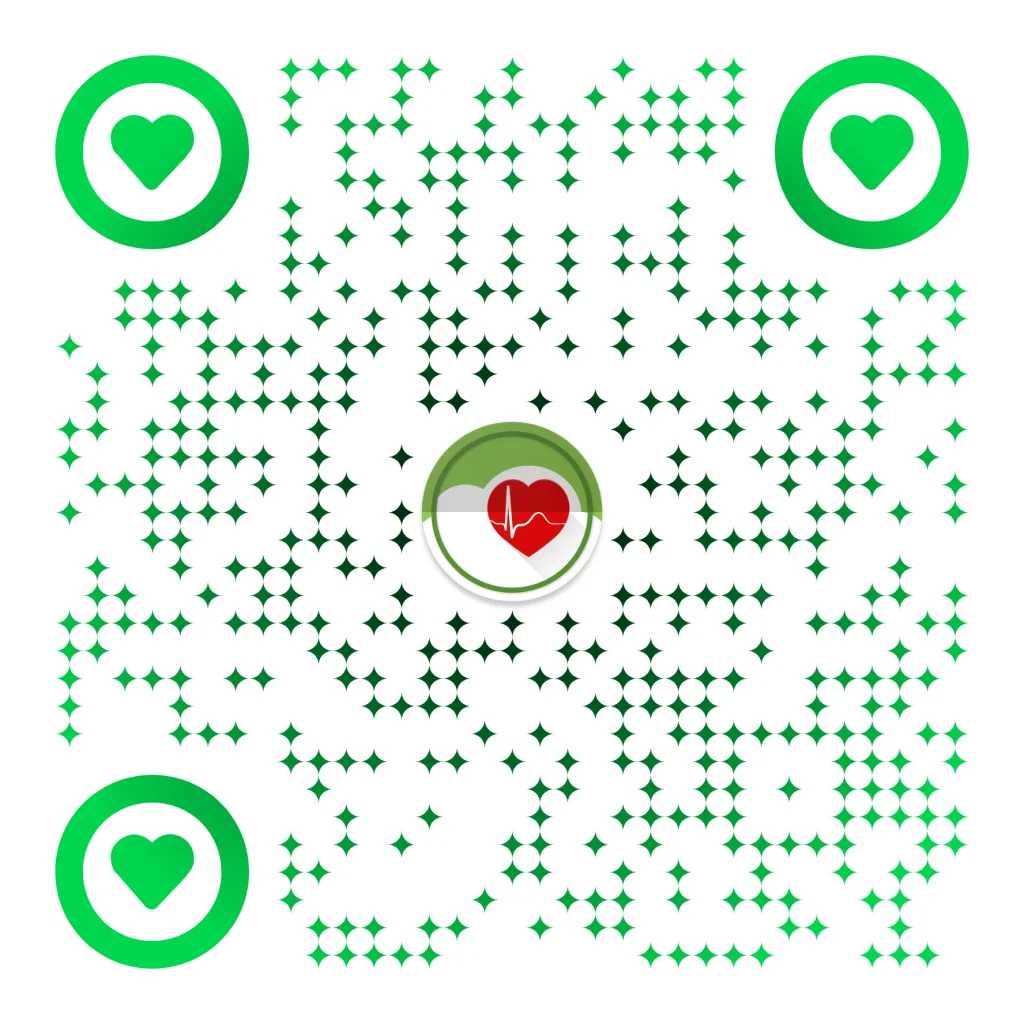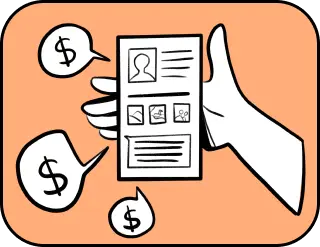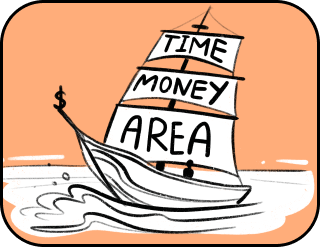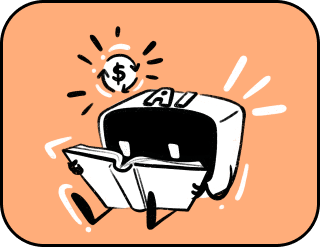ECG Dongle. Your way to eternal life
Inhale – exhale. Speed. I am speed. One winner, forty-two losers. The race is on. Let’s go.
No distractions, no stopping. The limit of attention, the limit of senses, I am at the limit. Forward. Only look ahead. No brakes, no spectators, no compromises. Speed. And another lap.
Cosmic overloads at every turn – a challenge for me? Ha! Not at all! This is a real challenge for the engine, tires, and transmission. 400 laps on an oval inclined track. Could it be any different? This is a race. The roar of the engine. 300 miles. One track. One racer. One winner. Maximum speed, and whatever happens.
And I’m not even human; I’m a piece of expensive metal that must win the Big Piston Cup. And that’s why my automakers are determined to take care of me – tire wear, oil level, coolant level, fuel quantity, they’ve all put it into a clever computer. It calculates, notifies, and signals everything. I am a computer myself. But who needs these sensors? My task is to only look forward, moving at the maximum possible speed.
If I were human, it would be harder to imagine. A racer loaded with sensors. A rock climber carrying a backpack and holding wires to check pulse. A diver doing a dive with a cardiologist decrypting the ECG during the dive. A mid-level manager, carefully placing a holder around his neck and having the nearest clinic’s number on speed dial, ready for any emergency. With such a perspective, any competition, any life race would turn into a race of ambulances rushing at high speed and cardiologists running behind. Maybe that’s why, in any race, there is always only one winner?
Inhale – exhale. Inhale. Exhale.
The piston rotates the crankshaft. A powerful turbine provides air. I hear the roar of the engine, drowning out the enthusiastic roar of the crowd. They like me! I hear every beat of my iron heart!
And what do you hear? How do you hear the limits of your body? Can you even hear them?
In the human world, there is something similar to our on-board computer that helps accurately determine the body’s condition at any moment. ECG, for example, can be recorded during any life competition using miniature devices.
Carefully developed technology, where algorithms for analyzing electrocardiogram signals, automatic processing algorithms, and correlation algorithms between “normal – not normal” flawlessly calculate heart rate and stress level. All sensor readings are clearly readable by anyone, even those far from medicine, and are sent for automatic analysis to the “CardioCloud” cloud service. Or, if desired, sent to a cardiologist via the mobile.
Only this computer is the size of a regular computer flash drive, which doesn’t extend electronic controllers’ tentacles and probes through your entire body. The reading apparatus itself is so thin and precise that the data provided by the system are medically accurate and can be used by any physician.
Speed! Another lap.
In this world, there is so much that we must cherish. We are taught – cherish honor, cherish reputation, cherish tires, cherish suspension, cherish, cherish… But who will cherish us? Because the iron heart, just like the heart with chambers, atria, and ventricles, does not forgive mistakes.
Before, it was unthinkable that all engine errors would be automatically recorded, and the dashboard signal would kindly remind that it’s time for inspection.
It was impossible to think that preserving the human heart motor would be a full-fledged 6-channel electrocardiograph weighing only 9 grams and dimensions in mm: 65x22x9. It has no built-in power elements, uses the smartphone or tablet battery, and connects to the human body with four electrodes that can be easily installed independently.
Similarly, it was impossible to think that in everyone’s pocket there would be a real laboratory that considers even meteorological data and geomagnetic conditions, uses statistical methods and the mathematical apparatus of artificial neural networks together with a professor-cardiologist.
And certainly, it was impossible to think that a small team of developers would revolutionize the whole world of conventional medicine, provide the ability to predict changes in the condition, receive operational information about the state of internal organs, and even prompt individuals to reconsider questions regarding.
It remains only to teach yourself to look in the rearview mirror and pay attention to cardio sensors. Because the iron heart, just like the heart with chambers, atria, and ventricles, does not forgive mistakes.
Inhale – exhale. One winner. Enough.
Company Nordavind
Life-necessary

- Allows, without interrupting the usual rhythm of life, to consult a specialist based on sent ECG data.
- Allows tracking the early signs of body problems.
- Gives a sense of security and safety, as there is always an opportunity to use the device in the pocket or bag, collect data, and quickly receive doctor recommendations anywhere with internet access.
You will likely live longer than planned.
Less than a racing car.

“You can only heal the heart with the heart. Flutter like a butterfly! Sting like a bee!”
The double-slit paradox awaits you! Learn from particles how to act mysteriously and unpredictably.
Thank you!




